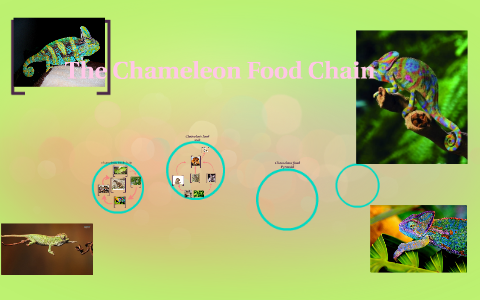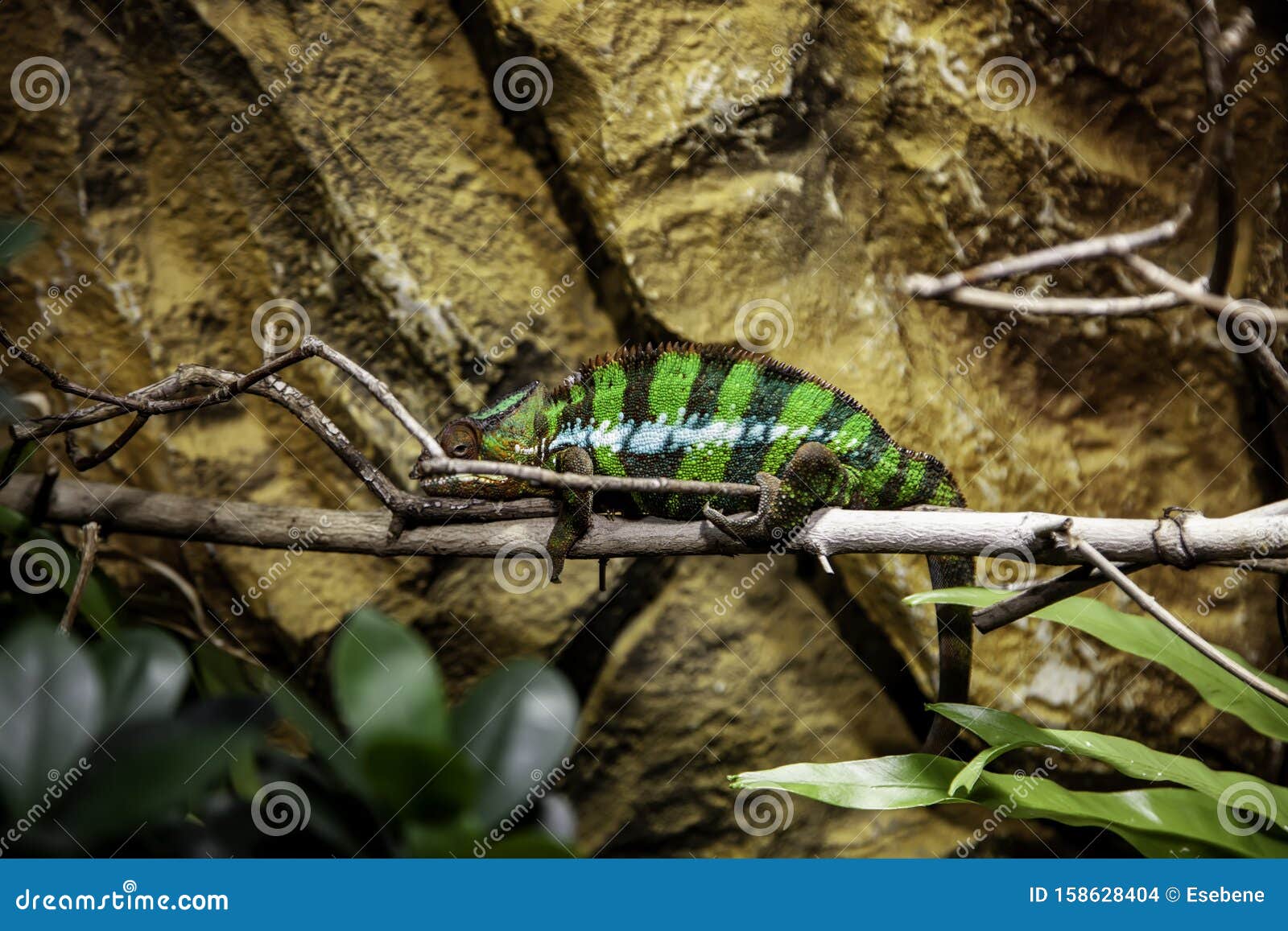Colorful chameleon on a branch in the jungle Biology Diagrams The species best known is Chamaeleo calyptratus, or the veiled chameleon. A few species also have subspecies within them. Chameleons are relatively small, so they are often close to the bottom of the food chain in their ecosystems. They are mostly predated upon by snakes, birds, and sometimes monkeys. The color-changing ability of their Does Anything Eat a Chameleon? Unveiling the Predator-Prey Dynamics of These Color-Changing Reptiles. Yes, absolutely! While chameleons are masters of camouflage and possess unique defense mechanisms, they are not exempt from the food chain.A variety of predators consider them a tasty meal, particularly birds, snakes, and even some mammals.

In the diverse and vibrant ecosystems of Africa, the chameleon can be seen as both a prey and a predator, showcasing its remarkable abilities to adapt and survive in its environment. With its unique ability to change colors and blend seamlessly with its surroundings, the chameleon is a master of camouflage, allowing it to hide from potential How do animals get food obtain energy? Animals get their energy from the food they eat. Animals depend on other living things for food. Some animals eat plants while others eat other animals. This passing of energy from the sun to plants to animals to other animals is called a food chain.

What Animal Eats a Chameleon and How They Impact Their Survival in the Wild Biology Diagrams
Chameleon Predators: Chameleons are preyed upon by various animals, including birds of prey like hawks and eagles, snakes, and certain mammals, highlighting their vulnerable position in the food chain. Environmental Threats: Habitat loss due to deforestation and climate change significantly threaten chameleon populations, causing habitat

While not at the very bottom, chameleons are relatively low on the food chain. They are predators of insects but are also preyed upon by larger animals like birds, snakes, and mammals. 8. What happens if a chameleon's habitat loses its predators? If predators are removed from a chameleon's habitat, the chameleon population may initially

Chameleon Animal Facts Biology Diagrams
This role as prey is a vital aspect of the food chain. Chameleons contribute to the energy flow by being a food source for higher-level predators, ensuring that energy and nutrients cycle through the ecosystem. The Impact of Chameleon Populations on the Ecosystem. Chameleons play a crucial role in maintaining the balance of their ecosystems.

The chameleon is a species of lizard. There are over 160 species of chameleon spread across Madagascar, Spain, Africa, Asia, and Portugal. Chameleons are animals that are found throughout the jungle and desert alike, in Africa, they are near the bottom of the food chain. This means there are many animals above them on the food chain
